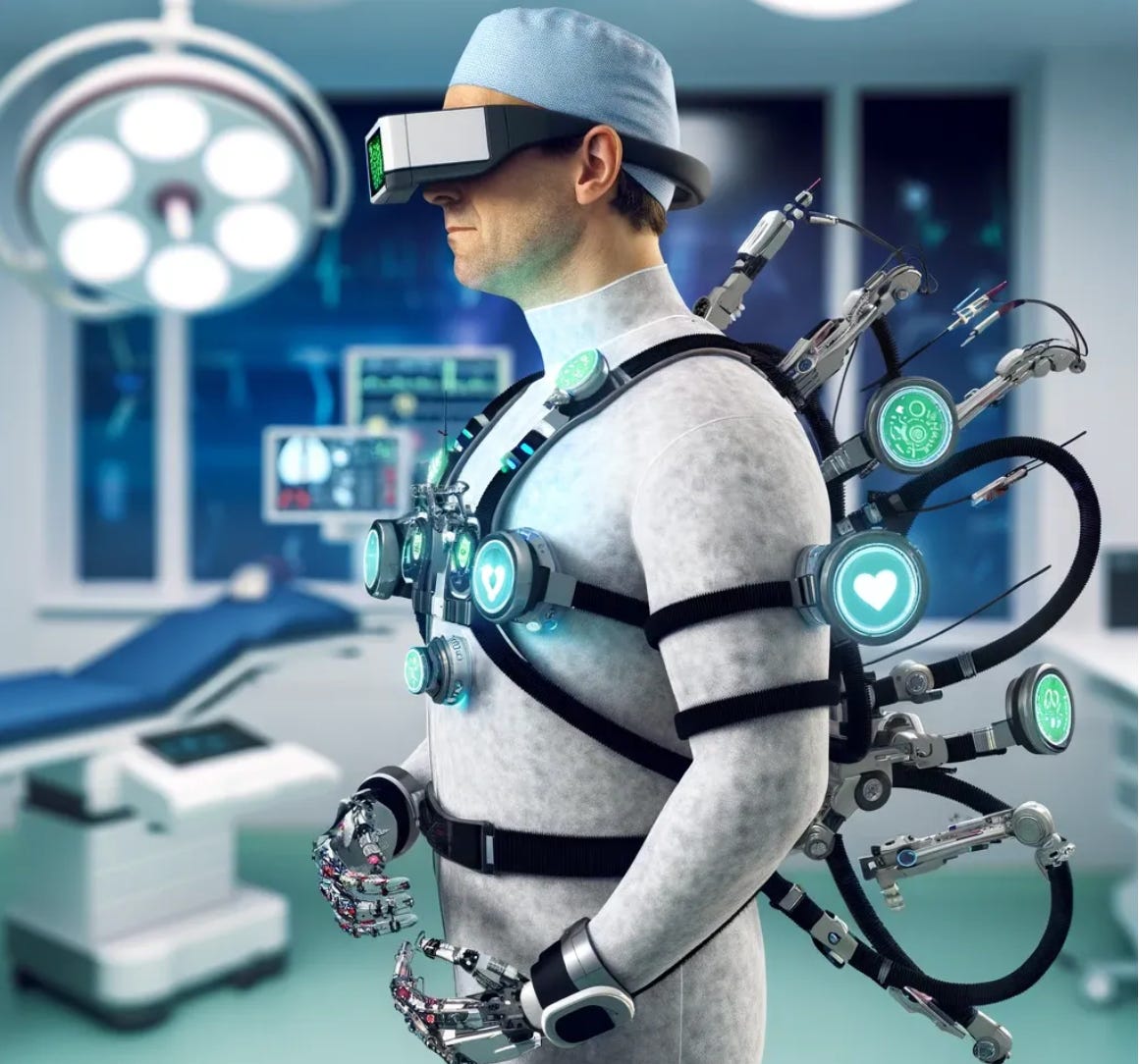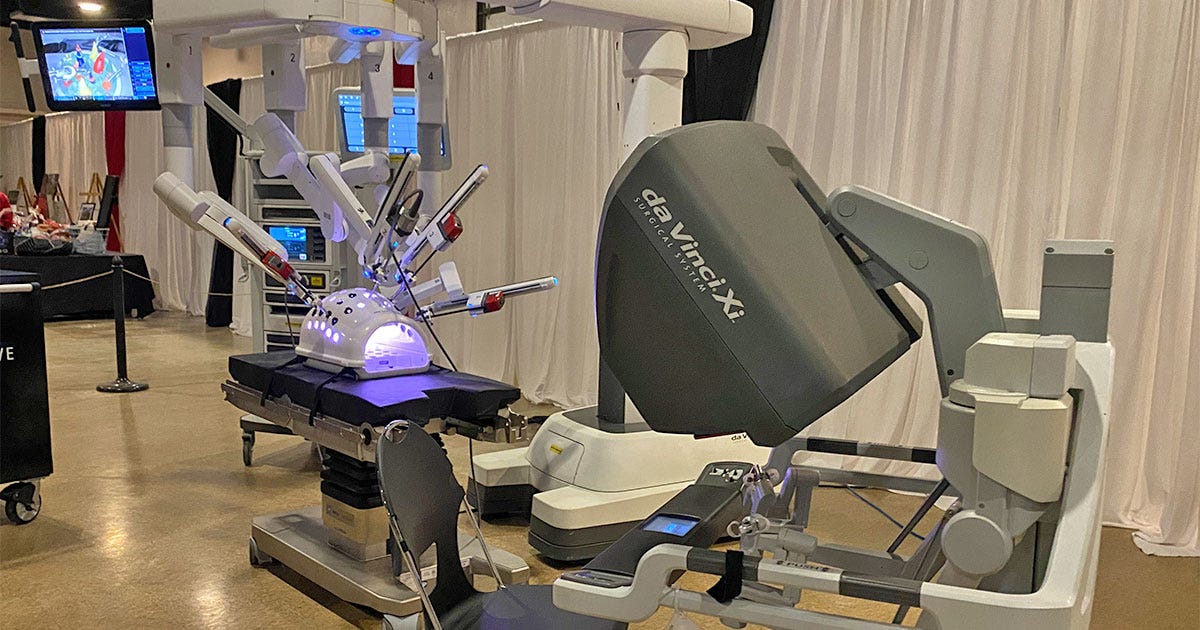Surgical Pioneers: Urologists Leading Minimally Invasive Surgery
Urologists have taken the lead as pioneers in the world of advanced modern medicine, especially in refining and adopting surgical methods, with a special emphasis on minimally invasive surgery (MIS). This specialization has not only transformed the management of urological conditions but has also established a standard for surgical practices across diverse medical disciplines.
The evolution of urology from conventional open surgeries to the forefront of minimally invasive procedures highlights a dedication to improving patient care through technological progress and surgical proficiency.
Minimally invasive surgery, marked by smaller incisions, reduced pain, and faster recovery, presents a notable departure from traditional open surgeries. Urologists, specializing in the urinary tract system and male reproductive organs, were among the early adopters who perceived and utilized the benefits of MIS. Their pioneering ethos is epitomized in the advancement and perfection of laparoscopic and robotic-assisted procedures, both of which have emerged as fundamental components of contemporary urological care.
The introduction of laparoscopic surgery in the late 20th century marked a significant milestone in medical advancement. Urologists swiftly embraced this technique, characterized by small incisions and the utilization of a laparoscope—a slender tube equipped with a camera and light—to facilitate the surgical process. This method proved revolutionary for tasks like kidney stone and tumor removal, providing patients with notably diminished postoperative discomfort and shorter hospital stays. The urologists' readiness to adopt laparoscopic approaches underscored their dedication to enhancing surgical results and patient well-being.
Another stride forward came with the emergence of robotic-assisted surgery, once again placing urologists in the vanguard. The da Vinci Surgical System, introduced in the early 2000s, has become synonymous with precision and innovation in the realm of urology. This technology enables more intricate movements compared to traditional laparoscopy, providing superior visualization and precision. Urologists have adeptly employed this technology for intricate procedures such as prostatectomies (the removal of the prostate gland), positioning themselves as global frontrunners in robotic surgery. The advantages of robotic-assisted surgeries, including reduced blood loss and enhanced functional outcomes, have cemented urologists' status as surgical pioneers.
In addition to their strides in minimally invasive surgery, urologists have been leading the charge in endoscopic innovations. Endoscopy, which employs small cameras and instruments inserted into the body, has revolutionized both the diagnostic and therapeutic aspects of urology. This method enables direct visualization of the urinary tract, representing a significant advancement in the treatment and care of urological conditions.
The integration of endoscopy into urology traces its origins back to the 19th century, marked by Maximilian Nitze's introduction of the cystoscope. This pioneering device offered the first view into the bladder, fundamentally transforming the diagnosis and treatment of bladder diseases. Building upon this breakthrough, urologists have progressively expanded the application of endoscopy to encompass the entire urinary tract. Modern endoscopes, featuring high-definition cameras and versatile instruments, have rendered procedures like ureteroscopy (for examining the ureters) and transurethral resection of bladder tumors standard practices, leading to significant enhancements in patient outcomes.
The integration of endoscopy into urological practice has also paved the way for the development of new therapeutic techniques. Laser technology, for example, has been combined with endoscopy to perform highly precise surgeries within the urinary tract, such as the removal of kidney stones and the treatment of benign prostatic hyperplasia (BPH). These advancements have significantly reduced the need for invasive surgery, offering patients treatments that are not only effective but also minimally disruptive to their lives.
Technological Innovation Driving Patient-Centric Care
Urologists' contributions to minimally invasive surgery and advancements in endoscopy exemplify their overarching dedication to technological innovation and patient-centered care. Through the adoption of new technologies and the continual refinement of surgical techniques, urologists have enhanced the safety, effectiveness, and efficiency of urological procedures. This progress has not only elevated patient outcomes but also alleviated the overall burden of urological diseases on healthcare systems.
Moreover, the pioneering work of urologists has set a benchmark for other surgical specialties, encouraging the adoption of minimally invasive and endoscopic techniques across the medical community. The cross-pollination of ideas and techniques between urology and other fields has fostered a culture of innovation, driving the continuous improvement of surgical care.
Urologists have been central to the development of surgical techniques, notably advancing minimally invasive surgery and endoscopic innovations. Their pioneering drive and dedication to innovation have not only revolutionized the management of urological disorders but also catalyzed a broader transition towards patient-centered surgical methods throughout medicine. With ongoing technological progress, urologists are poised to maintain their leading role in shaping the future of surgical practice.
Want to Advertise?
Want to Write for Us?
Are you a Physician looking to grow your practice?





